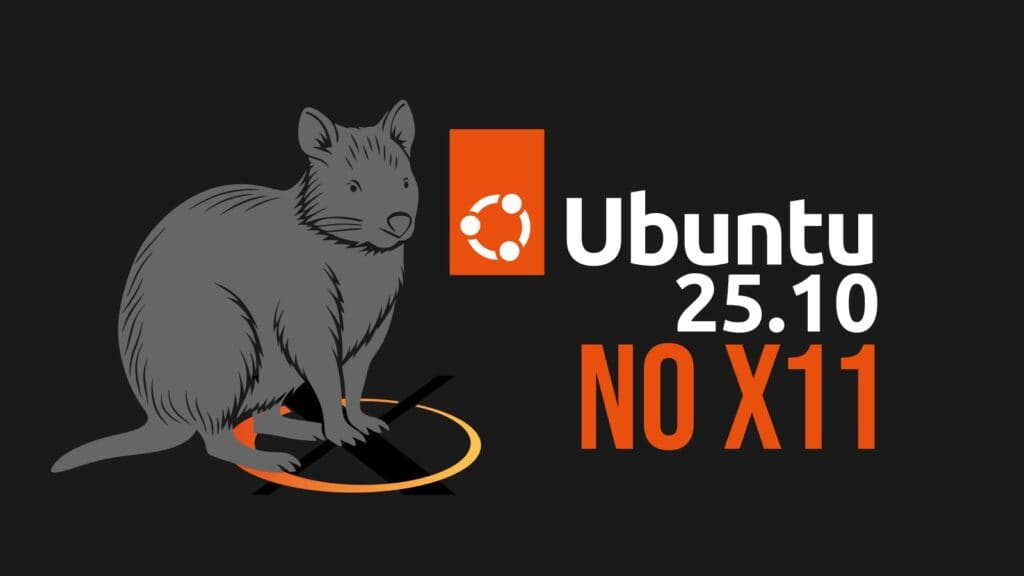Ubuntu’s next release, 25.10 “Questing Quokka,” will mark a major shift in the Linux desktop landscape by removing the Xorg-based GNOME session entirely. Starting with this update, the default “Ubuntu” session in GDM will run exclusively on Wayland, aligning with both upstream GNOME’s roadmap and Ubuntu’s long-term vision for a more secure and modern desktop experience.
GNOME itself is preparing to drop Xorg support entirely in version 49. By making the switch now, Ubuntu aims to give users and developers a full interim release cycle (before 26.04 LTS) to adapt, reducing fragmentation and smoothing the transition ahead of the next long-term support version.
For most users, the transition will be seamless. XWayland ensures that legacy X11 applications continue to work without modification, running transparently under Wayland. However, the “Ubuntu on Xorg” option will no longer appear in GDM, meaning GNOME Shell and Mutter sessions will be Wayland-only.
That said, some specialized workflows—such as certain remote desktop setups or niche configurations—may still depend on Xorg. In those cases, users can switch to a different desktop environment (like Xfce, which still supports X11) or run Xorg sessions outside GNOME. Importantly, Xorg itself isn’t disappearing from Ubuntu—only GNOME’s direct support for it.
So, what does this mean for X11 going forward? Let’s be honest—this is likely the end of the road for X11. With Ubuntu now joining other major Linux distributions in dropping X11 for Wayland, the aging display server has almost no mainstream users left. And without users, there’s little reason for further development.
Truthfully, X11 has been on life support for years, receiving only minimal maintenance patches to keep basic functionality running. But it’s not just Linux distributions that are moving on—both GNOME and KDE, the biggest desktop environments, have made it clear that future versions will rely entirely on Wayland.
At this point, Linux Mint, with its Cinnamon desktop, is pretty much the last of the major holdouts still using X11. But even that looks temporary. The Mint team has already started laying the groundwork to support Wayland. So, while X11 isn’t vanishing overnight, its days are clearly numbered. The shift to Wayland isn’t just happening—it’s practically complete.
For now, users can expect more details as Questing Quokka takes shape, with the full release arriving in October 2025. For more information, see the announcement on Ubuntu Discourse.

I have not used x11 in forever and we already have xwayland. X11 is unsafe to even use with its security issues and should have disappeared years ago.
In a perfect world but Wayland wasn’t ready. Xwayland is for running x11 based apps, not desktop environments. If you use Plasma or Gnome (and perhaps one or two others) you may be set but there are still desktops that require x11. I’m not sure why Bobby mentions only Cinnamon as the last holdout as XFCE is arguably as popular and it’s not as if Mate’ is unused.